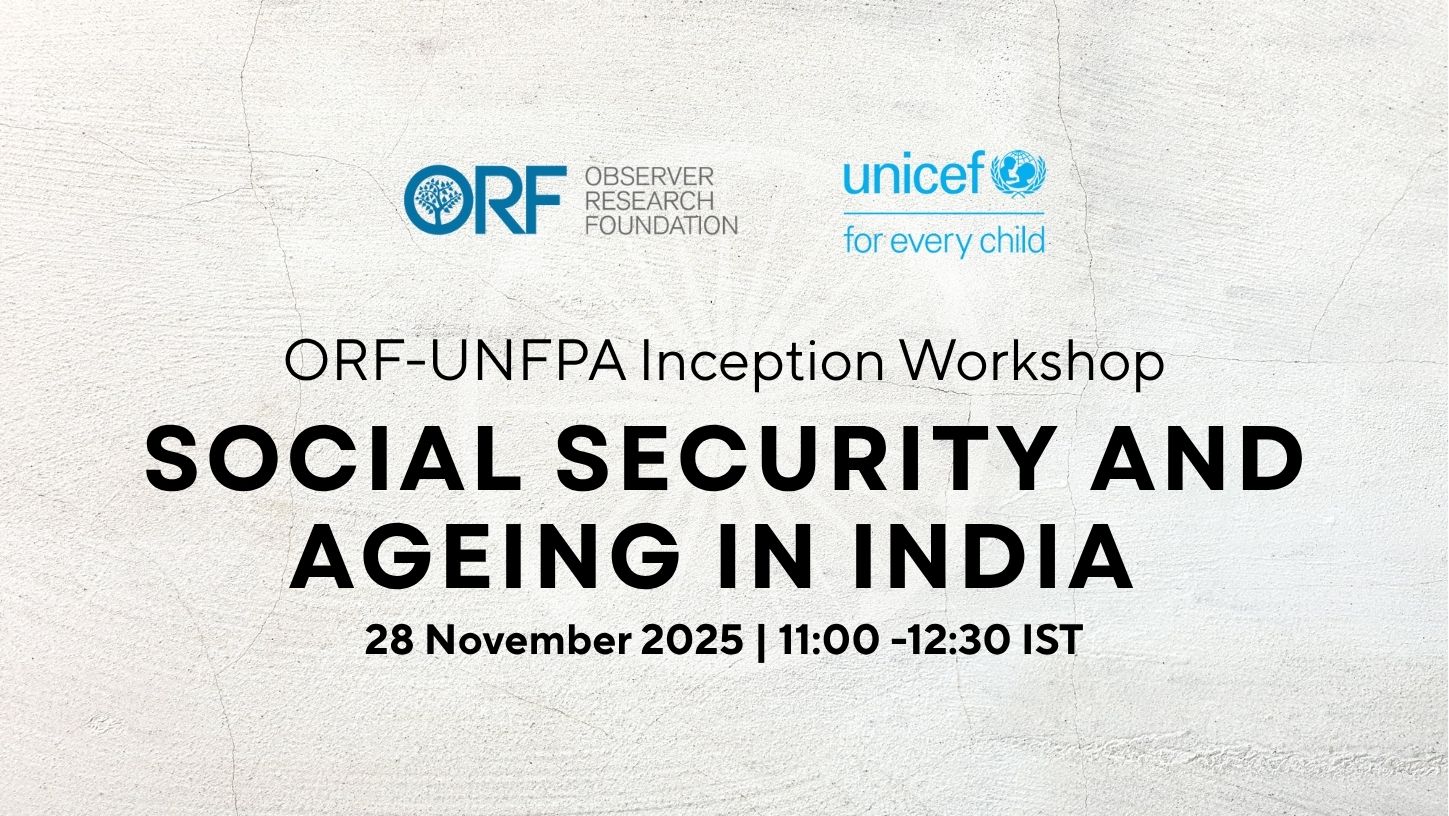-
CENTRES
Progammes & Centres
Location
Women’s representation in local governance is a crucial indicator of gender inclusivity. Since 1993, the 74th Constitutional Amendment Act has reserved one-third of seats in Urban Local Bodies (ULBs) to women. Multiple states have since granted 50 percent reservation of seats for women in urban ...
This paper examines the role that national intelligence agencies may play in helping to secure critical technology supply chains. As the race for scientific advantage becomes increasingly characteristic of national security concerns amid growing multipolarity and interstate competition, national intelligence agencies are paying greater attention ...
Since being initiated by former Prime Minister Shinzo Abe formally in 2016, Tokyo’s Free and Open Indo-Pacific (FOIP) vision has become the preferred framework for diplomatic engagement among like-minded countries in the Indo-Pacific. This paper undertakes an assessment of FOIP. The motivation is threefold: first, ...
The concept of non-alignment originated during the Cold War as a ‘third way’ for nations wanting to remain neutral between the capitalist liberalism of the United States (US) and the communism of the Soviet Union. Officially founded during the Bandung Conference in Indonesia in April ...
The success of the Indian covert actions in 1971 that led to the liberation of Bangladesh has a legendary place in India’s security consciousness. This paper retells the story of India’s covert actions in East Pakistan between January and December 1971. It lays down some ...
Almost 150 countries have joined China’s flagship Belt and Road Initiative (BRI)—a project central to Beijing’s global prestige as well as President Xi Jinping’s persona and legacy. Italy, which joined in 2019, was the only G7 and major European Union country to join the BRI. ...
Nepal signed the framework agreement of the Belt and Road Initiative (BRI) with China in May 2017. Of the initial 35 projects that Nepal had proposed, the final number eventually came down to nine. Seven years later, none of the BRI projects have been completed. ...
Connectivity facilitates economic growth, social development, and people-to-people interactions. Recognising the imperative of connectivity in regional engagement, the Bay of Bengal Multi-Sectoral Technical and Economic Cooperation (BIMSTEC) in 1997 declared ‘transport and communication’ as one of its sectors of cooperation. In 2018, BIMSTEC drew up ...
In recent years, India has become a hot investment destination for Chinese companies. While Chinese investments in India have come under greater scrutiny following the 2020 Galwan incident, this has done little to reverse Chinese enterprises’ strong appetite for the Indian market. At the same ...
This paper examines security collaboration in the Bay of Bengal. It argues that despite increased cooperation in the maritime domain, the security perceptions of Bay states differ significantly, arising primarily from disagreements associated with China’s presence in the region. Crucially, the Bay states are wary ...

Soumya Bhowmick is a Fellow and Lead, World Economies and Sustainability at the Centre for New Economic Diplomacy (CNED) at Observer Research Foundation (ORF). He is pursuing his PhD and holds a double master’s degree in economics from Jadavpur University, ...
Read More +
Sreeparna Banerjee is an Associate Fellow in the Strategic Studies Programme. Her work focuses on the geopolitical and strategic affairs concerning two Southeast Asian countries, namely Myanmar and Thailand. Her primary focus is on the Rohingya issue within the Bay of ...
Read More +
